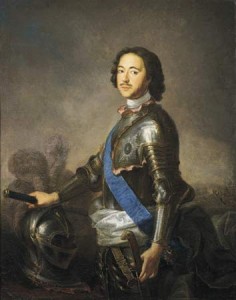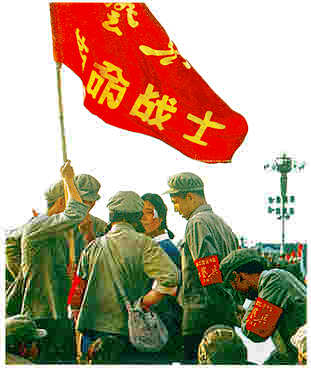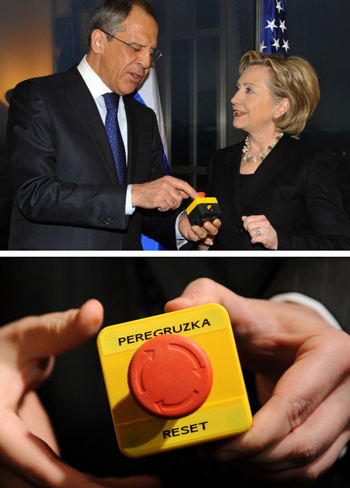Cynthia H. Whittaker talked about how a “good tsar” often gets confused with a “reforming tsar,” and how it may be best to think of someone like Peter the Great as a “reforming tsar.” She seems to re-message and re-package how we think of tsars in a way that we should think of good ones not as “good” but as “reformers.”

Peter the Great, who is defined by some as an example of a “good” or “reforming” tsar. Image courtesy of Encyclopedia Britannica.
But the confusing thing about this reading was that, while the author critiqued Mikhail Gorbachev’s definition of a “good tsar”[1] she presented all sorts of different definitions of a “good tsar” that have been mentioned over the centuries. In one part, she seemed to define a “good tsar” as someone who “had represented stability and a kingly duty to preserve the status quo.”[2] She also admits that the definition of a “good” or “true” tsar was different yet at some other points of Russian history: a “good tsar” was supposed to be, “a wise patriarch, an impartial and merciful judge, a protector of the downtrodden, open to petitioners and humble enough to seek good advice and avoid flatterers.[3] Then there was the notion of doing something for the “common good”–this was something brought up multiple times over the course of the article.
So while I see what Cynthia H. Whittaker was trying to do in talking about what a “good tsar” was compared to a “reforming tsar,” her exact view on what it meant to be a “good tsar” was either confusing to me, or I missed the point. Or maybe what it means to be a
“good” or “reforming” tsar is too subjective for me to ever get a full grasp of.
What do you think a “good” or “reforming” tsar looks like, and how have any of the rulers we’ve studied embody what it means to be a “good” or “reforming” tsar?
Footnotes:
[1] Cynthia Whitaker, “The Reforming Tsar: The Redefinition of Autocratic Duty in Eighteenth-Century Russia.” Slavic Review 51 (1992): 77.
[2] Ibid, 78.
[3] Ibid, 81.
Bibliography
Whittaker, Cynthia. “The Reforming Tsar: The Redefinition of Autocratic Duty in Eighteenth-Century Russia.” Slavic Review 51 (1992): 77-98.

 Perestroika and glasnost were terms Gorbachev used to embody his cultural reforms and openness to Western influence. The Chinese, too, had a period of openness. In 1956 Mao said that, “The policy of letting a hundred flowers bloom and a hundred schools of thought contend is designed to promote the flourishing of the arts and the progress of science.” This “100 Flowers Movement” was ended in 1957 with political persecutions. Both Communist powers handled political dissonance in the second half of the 20th century differently, with the USSR embracing and the Chinese silencing controversy. Though, to look at it all now, the USSR has been disbanded and China is still heavily controlled by a limited ruling class.
Perestroika and glasnost were terms Gorbachev used to embody his cultural reforms and openness to Western influence. The Chinese, too, had a period of openness. In 1956 Mao said that, “The policy of letting a hundred flowers bloom and a hundred schools of thought contend is designed to promote the flourishing of the arts and the progress of science.” This “100 Flowers Movement” was ended in 1957 with political persecutions. Both Communist powers handled political dissonance in the second half of the 20th century differently, with the USSR embracing and the Chinese silencing controversy. Though, to look at it all now, the USSR has been disbanded and China is still heavily controlled by a limited ruling class.